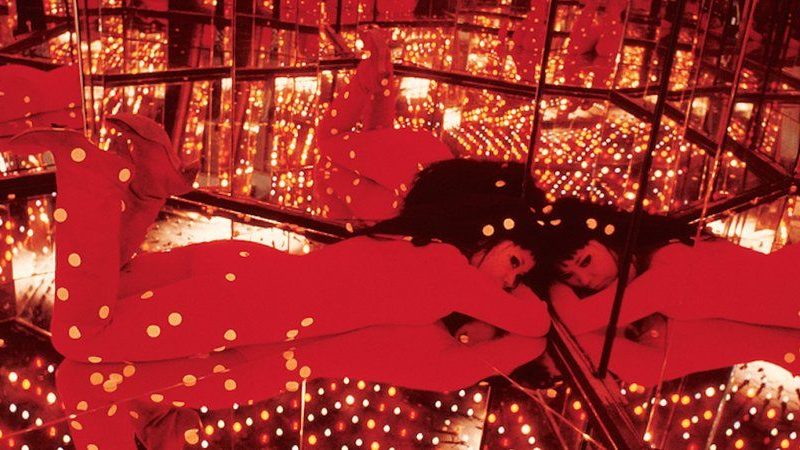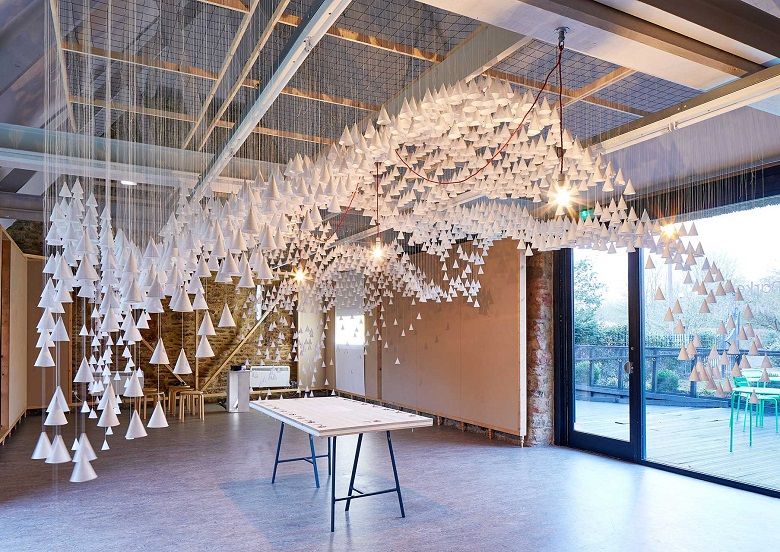In the world of art, technology has played a significant role in shaping the way artists create and express themselves. One particular area where this influence is evident is in mixed media art, where artists combine different mediums such as paint, paper, and found objects to create unique and captivating pieces. With the advancement of digital tools, artists now have even more options at their disposal to push the boundaries of their creativity and produce stunning works of art.
Enhanced Creativity and Versatility
One of the most significant ways digital tools have impacted mixed media art is by enhancing the creativity and versatility of artists. With software programs like Adobe Photoshop and Illustrator, artists can easily manipulate images, textures, and colors to create complex and dynamic compositions. These tools allow artists to experiment with different techniques and styles without the fear of making irreversible mistakes, giving them the freedom to explore their artistic vision without limitations.
Integration of Traditional and Digital Mediums
Another way digital tools have influenced mixed media art is in the integration of traditional and digital mediums. Artists can now seamlessly combine physical materials like paint and paper with digital elements such as photographs and graphics to create multi-dimensional works of art. This blending of mediums adds depth and complexity to the artwork, creating a visually engaging experience for the viewer.
Efficiency and Productivity
Digital tools have also improved the efficiency and productivity of mixed media artists. With the ability to instantly edit, revise, and rearrange elements on a digital canvas, artists can work more quickly and with greater precision. This streamlined process allows artists to focus more on the creative aspects of their work, resulting in higher quality and more polished final pieces.
Collaboration and Connectivity
Advancements in technology have made it easier for mixed media artists to collaborate and connect with other artists around the world. Online platforms and social media networks provide a space for artists to share their work, exchange ideas, and gain inspiration from others in the creative community. This increased connectivity has led to a more vibrant and dynamic art scene, with artists from different backgrounds and disciplines coming together to create innovative and groundbreaking works of art.
Challenges and Considerations
While digital tools have brought many benefits to mixed media art, there are also challenges and considerations that artists must navigate. One of the main concerns is the potential loss of the tactile and hands-on experience that traditional art mediums provide. Artists must find a balance between using digital tools to enhance their work and preserving the authenticity and physicality of their art.
Conclusion
In conclusion, digital tools have had a profound influence on mixed media art, empowering artists to explore new techniques, combine different mediums, and connect with a wider audience. By embracing technology and integrating it into their creative process, artists can push the boundaries of traditional art forms and produce innovative and captivating works of art that inspire and engage viewers.
Overall, the impact of digital tools on mixed media art is undeniable, shaping the way artists create and express themselves in the modern age.


